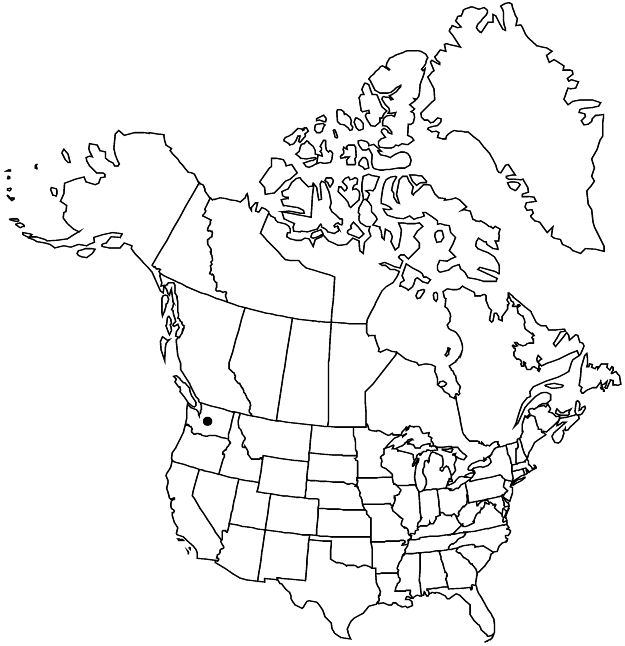Cotoneaster monopyrenus
Bot. Not. 119: 459. 1966.
Shrubs or trees, 3–5 m. Stems loosely erect, arching, spreading; branches spiraled, maroon, lenticellate, initially pilose-strigose. Leaves deciduous; petiole 5–9 mm, pilose-strigose; blade elliptic, broadly elliptic, or broadly obovate, sometimes suborbiculate, 25–58 × 15–40 mm, subcoriaceous, base obtuse or cuneate, margins flat, veins 4–6, slightly sunken, apex obtuse or truncate, seldom acute, abaxial surfaces color not recorded, reticulate, tomentose-pilose, later thinning, adaxial dark green, dull, coating not recorded, flat between lateral veins, glabrescent; fall leaves pale yellowish green. Inflorescences on fertile shoots 30–50 mm with 3–4 leaves, 7–20-flowered, lax. Pedicels 2–5 mm, pilose-strigose. Flowers 10–12 mm diam., buds white, hypanthium campanulate to cupulate, sparsely pilose-strigose; sepals: margins reddish, villous, borders maroon-tipped, membranous, apex acute, acuminate, or obtuse, surfaces sparsely pilose-strigose; petals spreading, white, sometimes with hair tuft; stamens (15–)20, filaments white; anthers purple to blackish purple; styles 1(or 2). Pomes dark red or ruby to maroon, maturing dark purple or purple-black, obovoid, rarely globose or ellipsoid, 9–12.5 × 8.5–11.5 mm, dull, glaucous, glabrous; sepals flat, margins sparsely hairy, sparsely hairy to glabrate; navel open; style remnants at apex. Pyrenes 1(or 2).
Phenology: Flowering May–Jun; fruiting Jul–Nov.
Habitat: Thickets
Elevation: 0–200 m
Distribution

Introduced; Wash., Asia (China), introduced also in Europe.
Discussion
L. Lingdi and A. R. Brach (2003) synonymized Cotoneaster monopyrenus with C. hebephyllus (as C. hebephyllus var. hebephyllus).
Selected References
None.